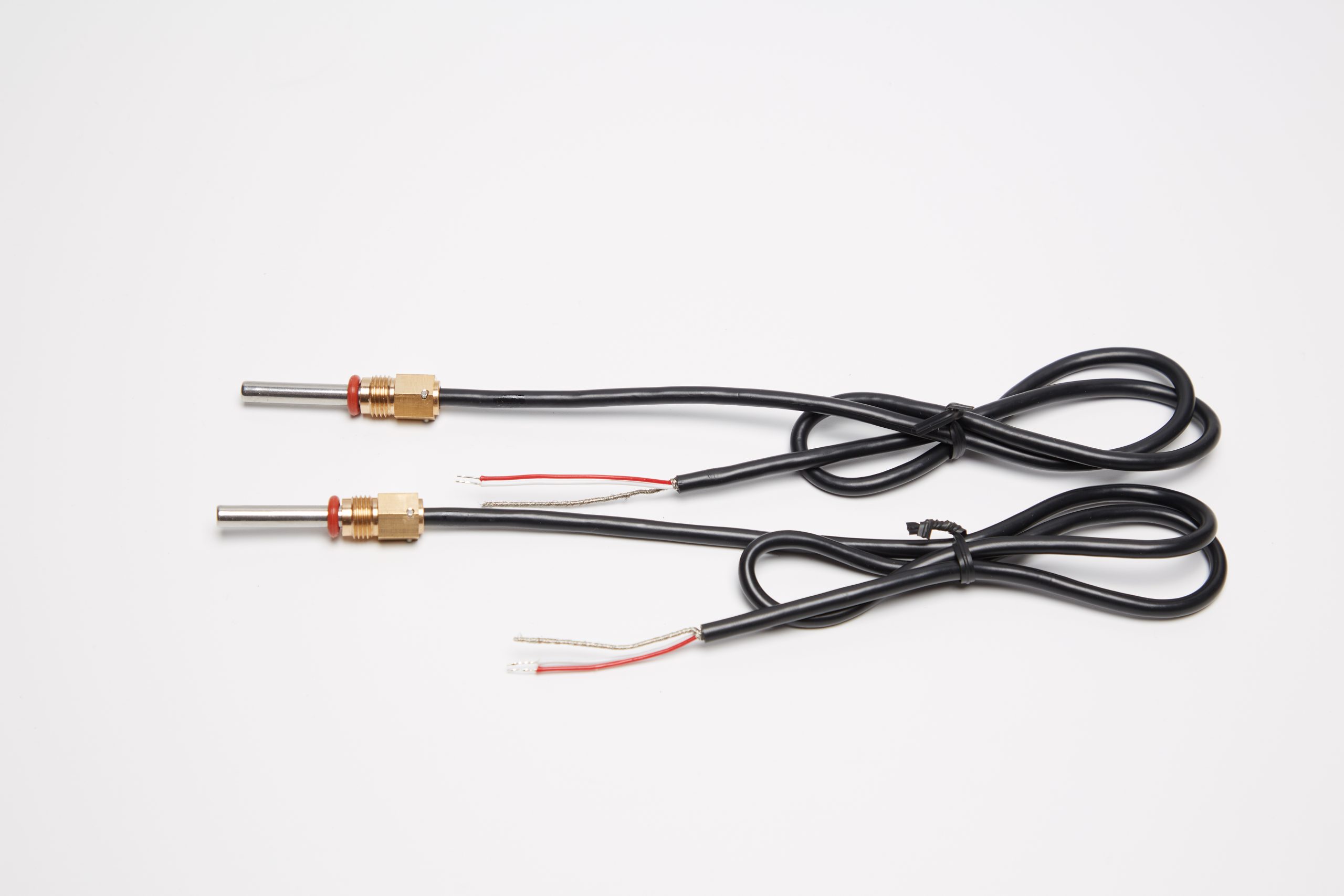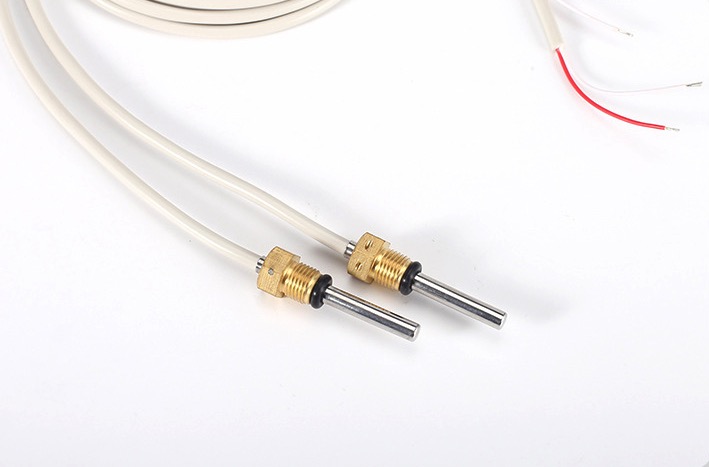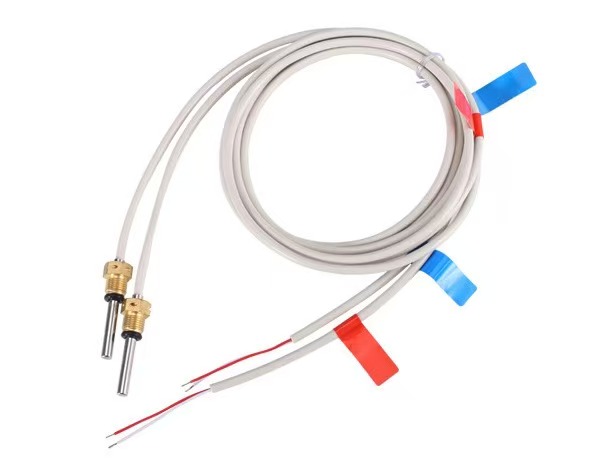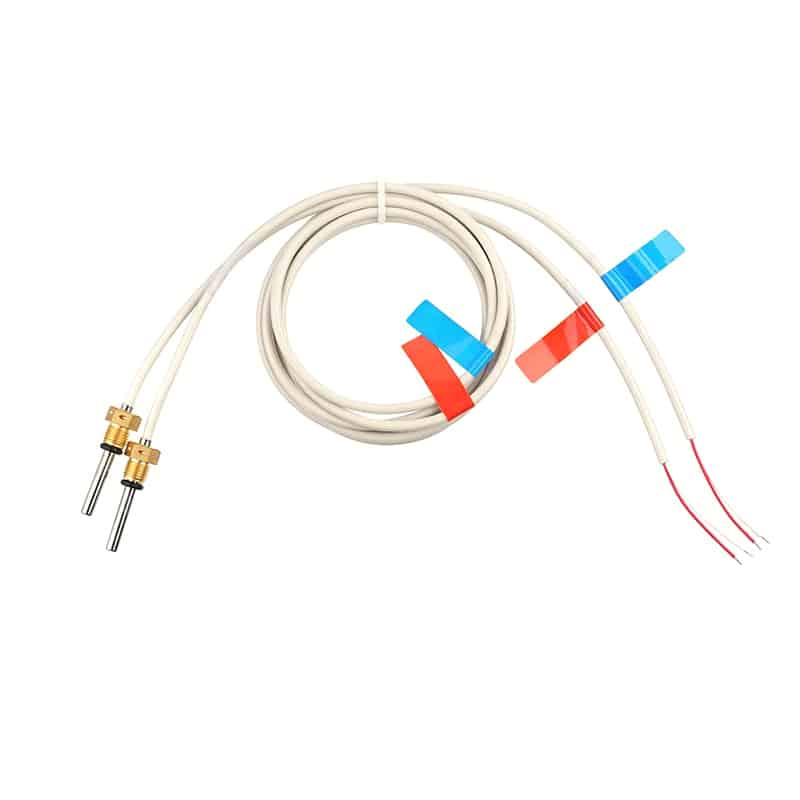tmp36 Arduino: A Comprehensive Guide for Temperature Sensing with Arduino
Introduction:
Arduino is a popular open-source platform that allows enthusiasts and professionals alike to create interactive projects. One of the key features of Arduino is its ability to interface with various sensors, enabling users to measure and respond to real-world conditions. In this guide, we will explore the integration of the tmp36 temperature sensor with Arduino, providing you with the knowledge and tools necessary to embark on your temperature-sensing journey.
Table of Contents:
1. Understanding the tmp36 Temperature Sensor
2. Setting up Arduino for tmp36 Integration
3. Reading Temperature Values with Arduino
4. Calibrating the tmp36 Sensor
5. Enhancing Temperature Measurements with Arduino
5.1 Using Analog-to-Digital Conversion (ADC)
5.2 Implementing Temperature Thresholds
5.3 Logging Temperature Data
6. Troubleshooting Tips
7. Conclusion
1. Understanding the tmp36 Temperature Sensor:
The tmp36 is a low-cost analog temperature sensor that provides accurate readings in a wide range of temperatures. Its simplicity and compatibility with Arduino make it an ideal choice for beginners and experienced users alike. With a voltage output that is directly proportional to the Celsius temperature, the tmp36 offers precise measurements without the need for complex circuitry.
2. Setting up Arduino for tmp36 Integration:
To begin working with the tmp36 temperature sensor, you’ll first need to gather the necessary components. These include an Arduino board, a tmp36 sensor, jumper wires, and a breadboard. Once you have the hardware ready, connect the components according to the provided circuit diagram. Make sure to follow the correct pin connections and be mindful of any additional resistor requirements.
3. Reading Temperature Values with Arduino:
After setting up the hardware, it’s time to write the code that will allow Arduino to read temperature values from the tmp36 sensor. By utilizing the Arduino IDE and a few lines of code, you can access the analogRead() function to obtain the sensor’s voltage output. With some simple calculations, this voltage can be converted into temperature values in degrees Celsius.
4. Calibrating the tmp36 Sensor:
To ensure accurate temperature measurements, it is crucial to calibrate the tmp36 sensor. This process involves comparing the sensor readings with a known reference temperature and making adjustments accordingly. By applying a correction factor to the voltage output, you can achieve precise and reliable results. We will guide you through the calibration procedure step by step.
5. Enhancing Temperature Measurements with Arduino:
While basic temperature sensing is valuable, Arduino allows for further enhancements to expand the functionality of your project.
5.1 Using Analog-to-Digital Conversion (ADC):
Arduino’s built-in ADC feature enables more precise temperature readings. By adjusting the analogReference() and analogReadResolution() functions, you can tailor the ADC to suit your specific requirements. Leveraging the full potential of the ADC enhances the accuracy of your temperature measurements.
5.2 Implementing Temperature Thresholds:
In many applications, it is essential to monitor temperature thresholds. Arduino empowers you to set upper and lower limits, triggering alerts or actions when these thresholds are crossed. By incorporating conditional statements in your code, you can create intelligent temperature-based systems that respond to critical temperature changes.
5.3 Logging Temperature Data:
For data-driven projects, logging temperature data is vital. Arduino, in conjunction with data storage options such as SD cards or cloud-based platforms, allows you to record and analyze temperature readings over time. By implementing data logging techniques, you can gain valuable insights and identify patterns or trends hidden within the temperature data.
6. Troubleshooting Tips:
As with any technological endeavor, troubleshooting is an inevitable part of the process. In this section, we address common issues that may arise during the tmp36 Arduino integration. From incorrect readings to sensor connectivity problems, we provide guidance on identifying and resolving these challenges.
7. Conclusion:
In conclusion, the tmp36 Arduino integration offers a straightforward yet powerful solution for temperature sensing projects. By following the steps outlined in this guide, you can confidently embark on your own temperature monitoring endeavors. Whether you are a beginner or an experienced Arduino user, the versatility of tmp36 combined with Arduino’s capabilities opens a world of possibilities for your projects.
Remember to experiment, explore, and unleash your creativity as you dive into the exciting realm of tmp36 Arduino temperature sensing!
That concludes our comprehensive guide on using the tmp36 temperature sensor with Arduino. We hope you found this information helpful and inspiring. Now, go forth and create amazing temperature-sensing projects with the power of Arduino!

What Makes PT Sensors Manufacturer Solutions Stand Out in Heat Meter Applications
Introduction: PT sensors for heat meters offer ±0.1°C accuracy, customizable designs, automated quality control, and compliance with CJ 128-2007 and EN 1434 standards for reliable thermal measurement. In a




